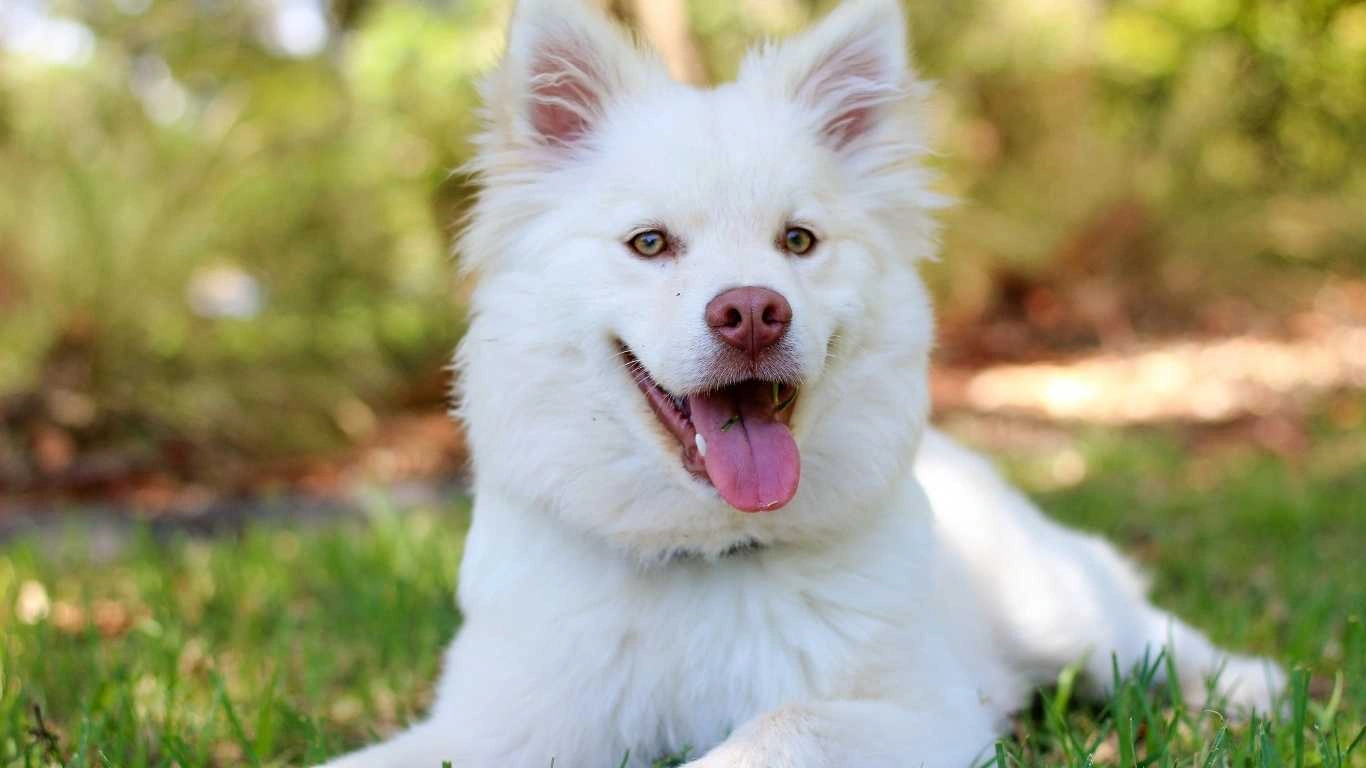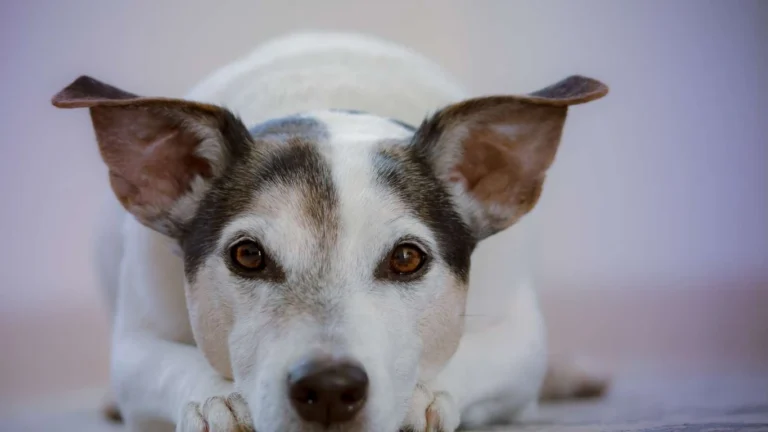The Shocking Truth: Pros and Cons of Feeding Raw Meat to Dogs
Let’s talk about one of the hottest debates in the pet world: the pros and cons of feeding raw meat to dogs. If you’ve spent any time in the dog owner community, you’ve probably heard people swear by raw diets, claiming their dogs are thriving. Others warn it’s risky business, with concerns over bacteria, nutrition imbalances, and long-term health effects. So, which side is right? Well, as a Pet Nutritionist working in veterinary clinics, I’ve seen both the successes and the struggles firsthand. Let’s break it all down.
Is Raw Meat Really Natural for Dogs?
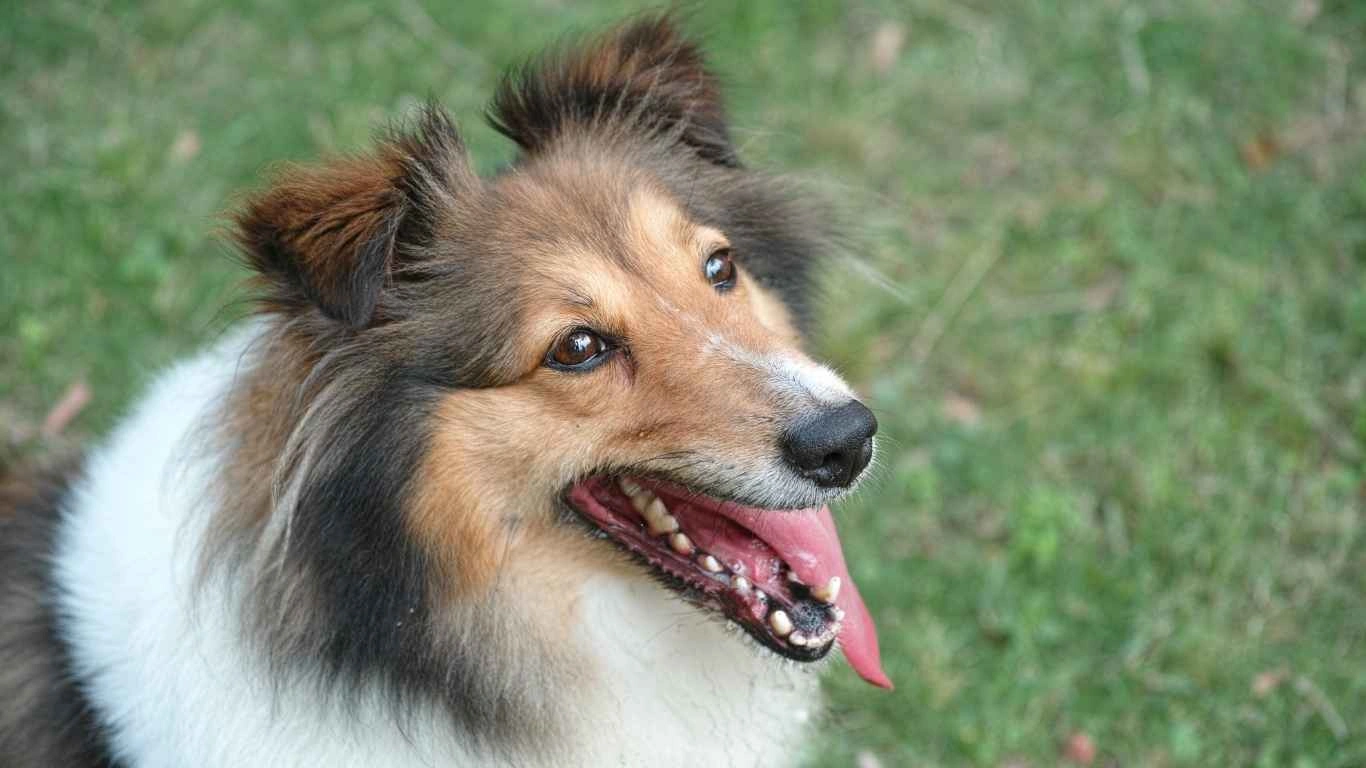
It’s easy to assume that since wild canines—wolves, foxes, and even stray dogs—survive on raw meat, our pet dogs should thrive on it too. After all, their ancestors didn’t have kibble factories, right? While that argument makes sense on the surface, domesticated dogs have evolved significantly from their wild cousins.
Unlike wolves, dogs have developed enzymes that help digest starches, which means they can process a variety of foods, not just meat. But does that mean raw meat is bad for them? Not necessarily! It all comes down to how it’s done.
The Appeal of Feeding Raw
Many raw-feeding advocates argue that commercial dog food is filled with low-quality ingredients, preservatives, and fillers. They believe a fresh, natural diet is the key to better health. Some of the top reasons pet parents choose raw feeding include:
- Shinier coats and healthier skin – Many dogs on raw diets develop sleek, glossy coats thanks to natural fats and oils.
- Smaller, less smelly poop – Yep, raw-fed dogs tend to produce less waste because they digest more of their food.
- More energy – Some owners notice their pups become more active and alert.
- Fewer allergies – Processed food can trigger sensitivities; switching to raw can help in some cases.
- Better dental health – Chewing raw meaty bones can help keep teeth cleaner and reduce plaque.
But Wait… What About the Risks?
While the benefits sound great, raw feeding isn’t all sunshine and wagging tails. There are real concerns that need to be considered:
- Harmful Bacteria – Raw meat can carry Salmonella, E. coli, and other nasty pathogens, posing risks to both dogs and humans.
- Nutritional Imbalances – A poorly planned raw diet can lack essential nutrients like calcium, leading to serious health issues over time.
- Choking Hazards & Bone Fragments – Not all bones are safe. Cooked bones splinter easily, and even raw bones can cause blockages.
- Not Vet-Recommended for All Dogs – Puppies, senior dogs, and immunocompromised pets may not tolerate raw diets well.
Understanding Balanced Raw Diets

One of the biggest mistakes I see as a pet nutritionist? People just tossing raw meat in a bowl and calling it a day. Dogs need a balanced diet with the right mix of muscle meat, organ meat, bones, and even some plant-based nutrients.
Many well-intentioned pet parents make the mistake of feeding only raw chicken or ground beef, but that’s not enough. Dogs require:
- Muscle meat – The base of the diet, providing protein and essential amino acids.
- Organ meats – Liver, kidneys, and heart are packed with vital vitamins and minerals.
- Edible bones – A key calcium source (but never cooked bones!).
- Vegetables & Fruits – Though debated, some fiber and antioxidants can benefit digestion and immune function.
Not every dog will thrive on the same raw diet, which is why planning and research are crucial.
Raw vs. Kibble: Which One Wins?
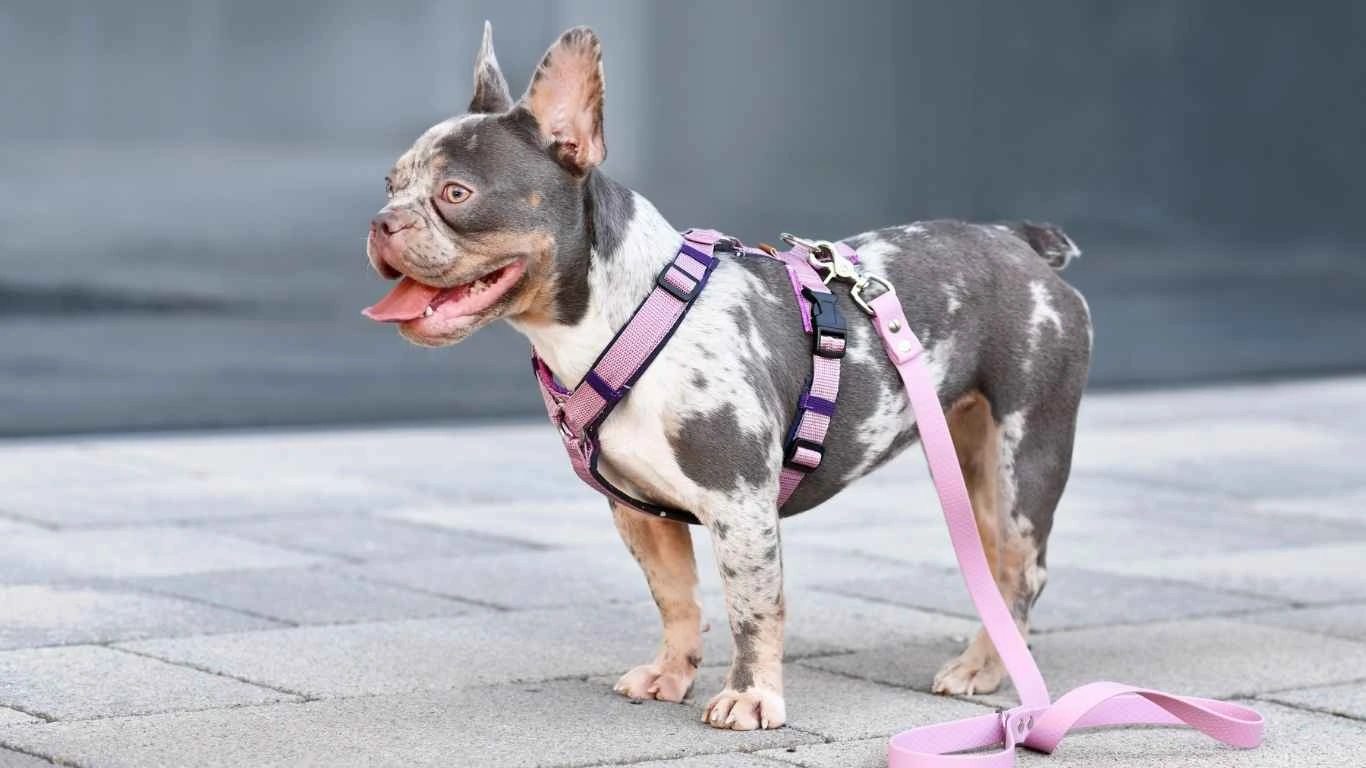
Let’s be real—choosing between raw and kibble isn’t a black-and-white decision. Some dogs absolutely thrive on raw diets, while others do just fine (or even better) on high-quality kibble. It all comes down to what works best for your pup and your lifestyle.
Why Some Owners Stick with Kibble
There’s a reason kibble is the go-to for most pet parents. It’s convenient, shelf-stable, and formulated to meet a dog’s nutritional needs. Many premium brands have come a long way from the days of mystery meat and filler grains.
- Complete & Balanced – Good-quality kibble is carefully formulated with all the necessary vitamins and minerals.
- Less Risk of Contamination – No handling of raw meat means a lower chance of bacterial exposure.
- More Affordable – Feeding raw can get expensive, especially with large breeds.
- Easy to Store & Serve – No need for freezer space or complicated meal prep.
Why Some Owners Go Raw
Despite kibble’s convenience, some pet parents are drawn to raw feeding because they feel it’s more natural and closer to what dogs are meant to eat. Plus, when done correctly, raw diets can offer amazing health benefits.
- More Control Over Ingredients – You know exactly what’s going into your dog’s bowl.
- Fewer Additives – No artificial preservatives, colors, or unnecessary fillers.
- Better Hydration – Raw meat has a higher moisture content, helping with hydration.
So, which one is better? The answer isn’t the same for every dog. Some thrive on raw, while others need the structure of a balanced kibble diet.
How to Safely Transition to a Raw Diet
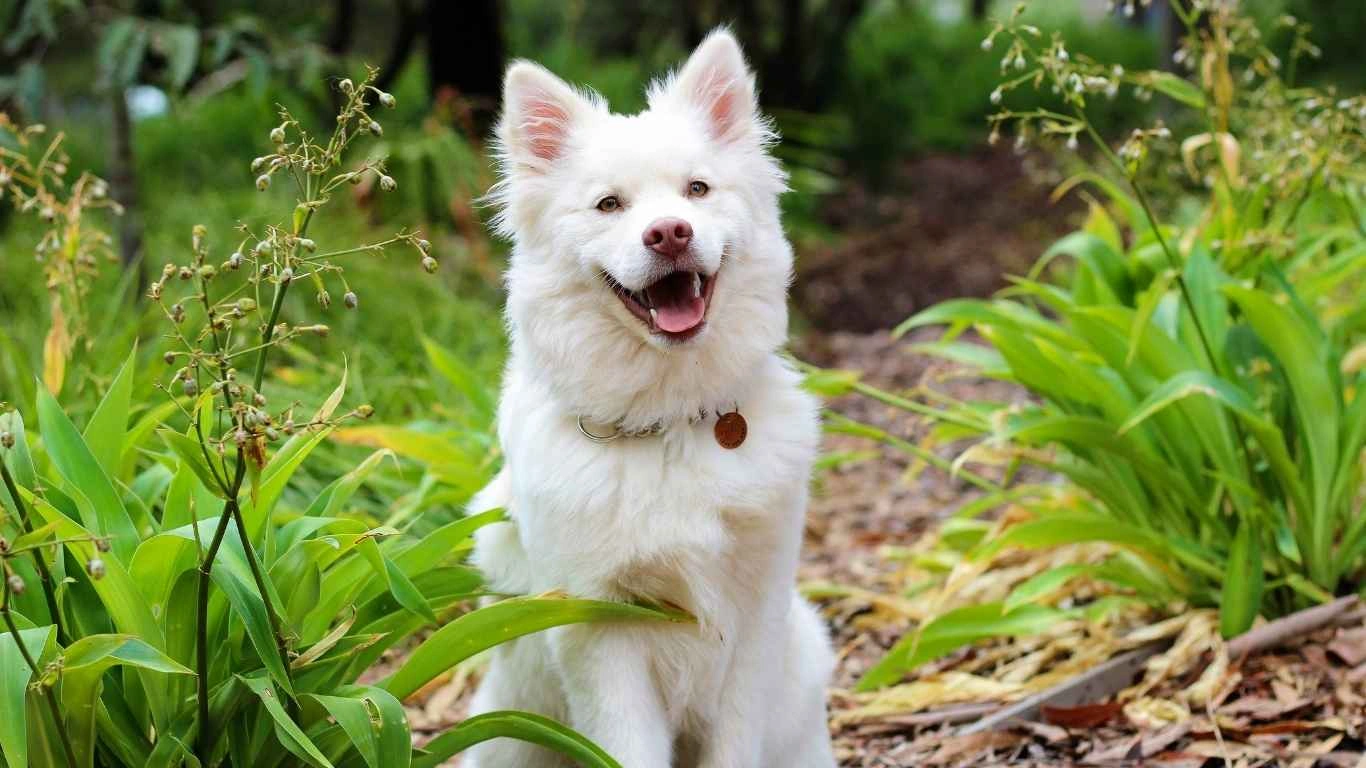
If you’re considering switching your dog to raw, don’t just throw them a raw chicken leg and call it a day. Transitioning gradually is key to avoiding digestive upset.
Step-by-Step Transition Guide
- Start Slow – Mix a small amount of raw food with your dog’s current diet, gradually increasing the raw portion over 7-10 days.
- Monitor Stool Changes – Loose stools are normal at first, but persistent diarrhea is a sign to slow down.
- Rotate Proteins – Introduce new meats one at a time to prevent sensitivities.
- Watch for Allergies – Some dogs react to certain proteins, so keep an eye out for itching or digestive issues.
Common Mistakes to Avoid
- Skipping Variety – A balanced raw diet includes muscle meat, organs, bones, and some plant matter.
- Not Supplementing – Some raw diets may lack essential nutrients like Omega-3s or iodine.
- Feeding Unsafe Bones – Never give cooked bones, and always supervise when feeding raw meaty bones.
What About Puppies? Can They Eat Raw?

Raising a puppy on raw food is tricky, but totally possible with the right planning. Puppies have different nutritional needs than adult dogs, and an unbalanced diet can cause serious growth issues.
Key Considerations for Raw-Feeding Puppies
- Calcium & Phosphorus Balance – Growing puppies need the right ratio of these minerals for healthy bones.
- Frequent Meals – Puppies should eat 3-4 small meals a day until they’re older.
- Vet Oversight – Work with a veterinarian or pet nutritionist (like me!) to ensure their diet is meeting all nutritional needs.
If done right, raw feeding can be a great option for puppies, but it requires careful research and planning.
Handling Raw Food Safely: Protecting You & Your Dog
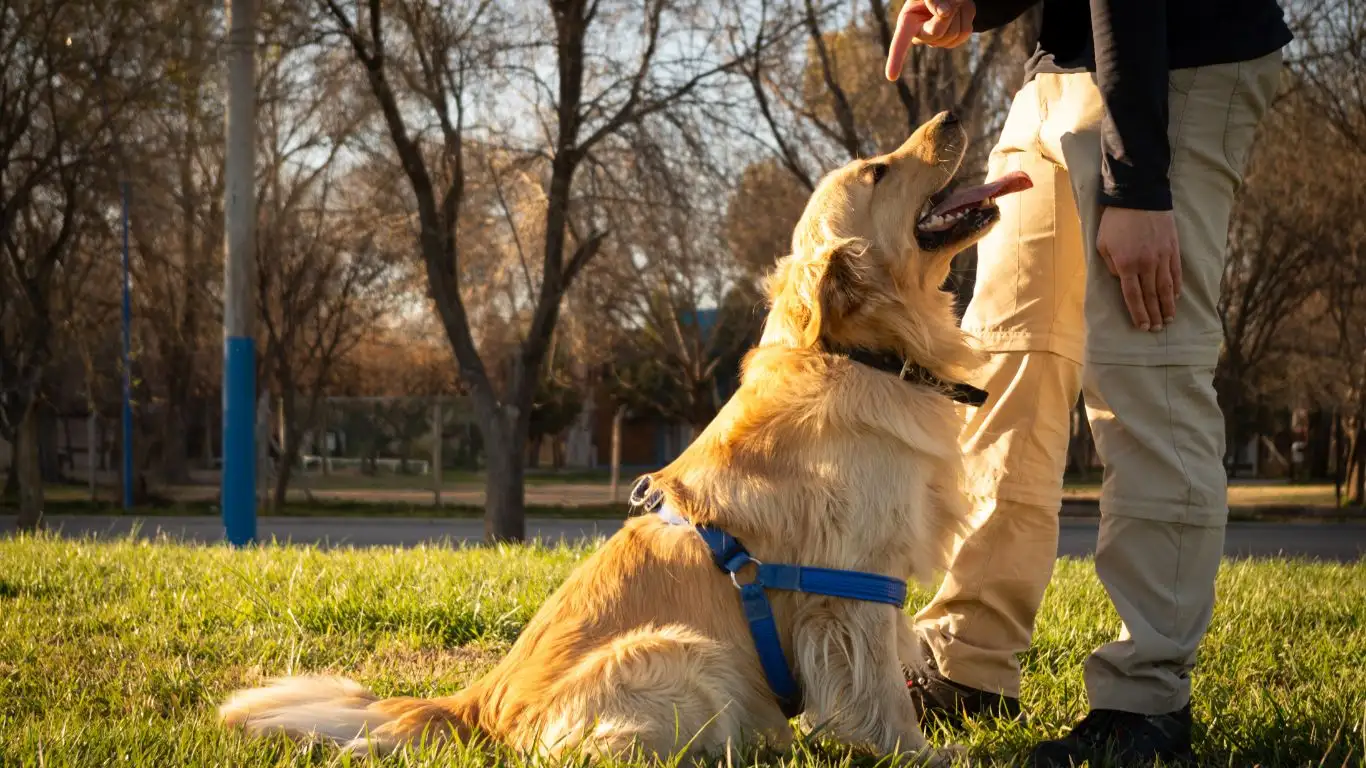
One of the biggest concerns about raw feeding isn’t just about what happens inside your dog’s body—it’s also about how you handle raw food in your home. Trust me, I’ve seen my fair share of pet parents get a little too relaxed about hygiene, and that’s when problems arise.
Best Practices for Safe Raw Feeding
Raw meat can carry bacteria like Salmonella and E. coli, which aren’t just dangerous for dogs but for humans too. Follow these tips to minimize the risks:
- Wash Hands & Surfaces – Always wash your hands with soap after handling raw meat. Clean bowls, utensils, and prep areas with hot, soapy water.
- Store Properly – Keep raw food frozen until ready to use, and defrost in the fridge (never on the counter!).
- Use Separate Cutting Boards – If you’re prepping raw meat for your dog, don’t use the same cutting board for your own food.
- Dispose of Waste Correctly – Don’t leave raw scraps sitting out. Seal and toss them properly.
Being diligent about cleanliness makes a huge difference in keeping both you and your pup safe.
Common Myths About Raw Feeding

There’s a lot of misinformation floating around about raw diets. Let’s set the record straight on some of the most common myths.
Myth #1: Raw Meat Will Make Your Dog Aggressive
Some people worry that feeding raw meat will awaken a dog’s “inner predator” and make them aggressive. This simply isn’t true. Behavior is influenced by training, socialization, and genetics—not what’s in their food bowl.
Myth #2: Dogs Can Eat Any Type of Raw Meat
Not all raw meats are created equal. Feeding nothing but supermarket chicken breast isn’t going to cut it. A balanced raw diet requires variety, including organ meats, bone, and even some veggies.
Myth #3: Raw Diets Don’t Need Supplements
While raw food is packed with natural nutrients, some diets may still lack essentials like Omega-3 fatty acids (found in fish oil) or iodine (from kelp). It’s always best to check with a pet nutritionist or vet.
So, Should You Feed Your Dog Raw?
At the end of the day, there’s no universal answer. Raw diets can work wonderfully for some dogs, while others may do better on a high-quality kibble or cooked food diet. The key is making an informed decision based on your dog’s needs, your lifestyle, and your ability to feed a balanced raw diet safely.
Ask Yourself These Questions Before Switching to Raw
- Do I have the time and resources to prepare a nutritionally balanced raw diet?
- Can I store raw food safely without cross-contaminating my kitchen?
- Is my dog healthy enough to handle raw feeding (no immune issues or special dietary needs)?
- Am I willing to monitor my dog’s health closely and adjust their diet as needed?
If you answered yes to these, raw feeding might be a great choice for your pup! But if not, don’t stress—there are plenty of other ways to provide a nutritious diet.
Final Thoughts & Additional Resources
If you’re interested in raw feeding but aren’t sure where to start, here are some great resources:
- American Veterinary Medical Association – Learn about veterinary perspectives on raw diets.
- FDA Pet Food Regulations – Stay updated on pet food safety guidelines.
- American Animal Hospital Association – Expert insights on pet nutrition.
Disclaimer
This article is for informational purposes only and is not a substitute for professional veterinary advice. Always consult with your veterinarian or a qualified pet nutritionist before making dietary changes for your dog.
